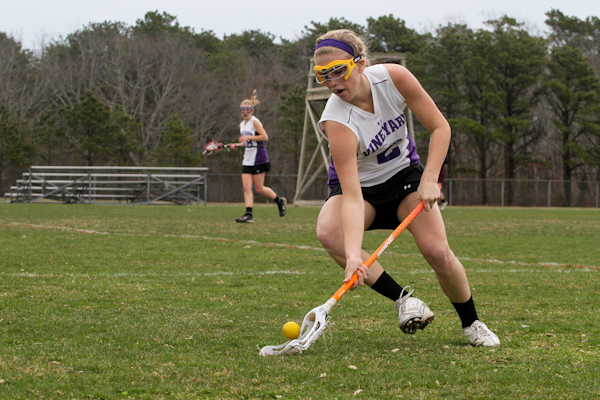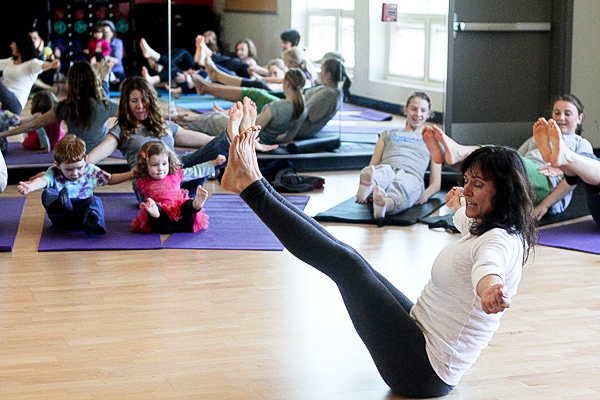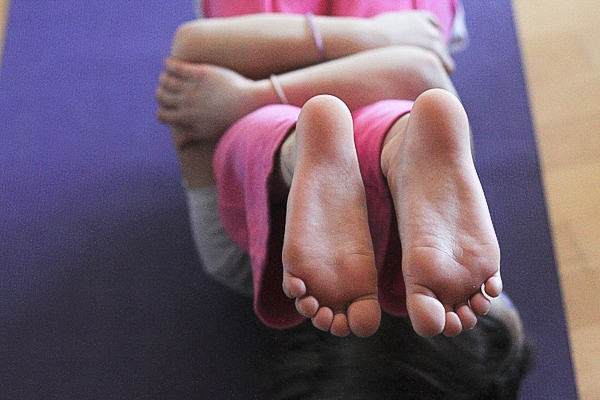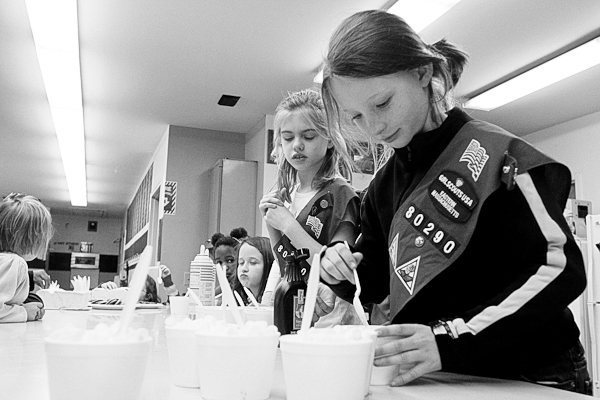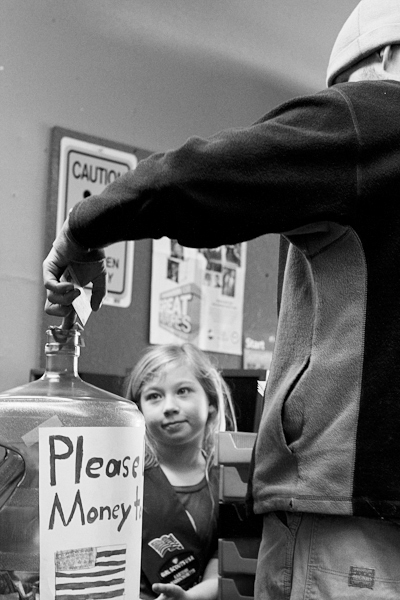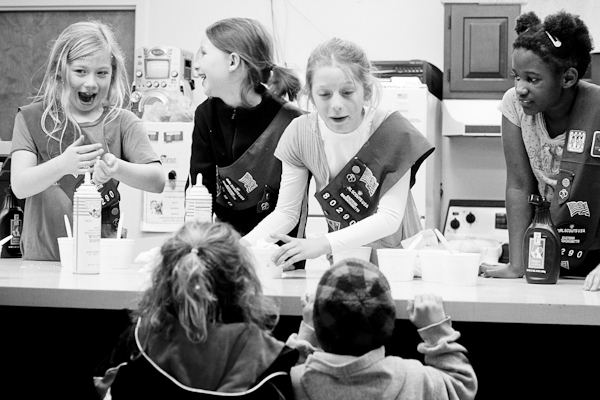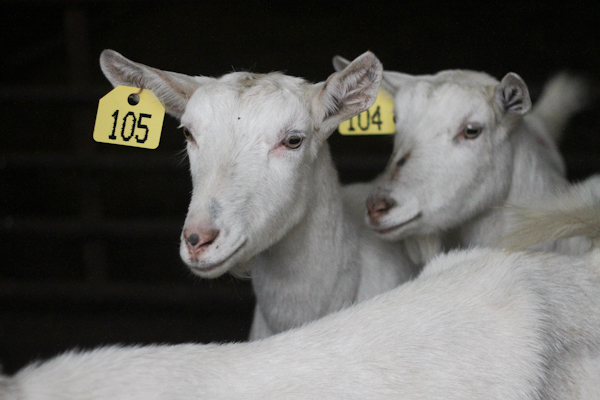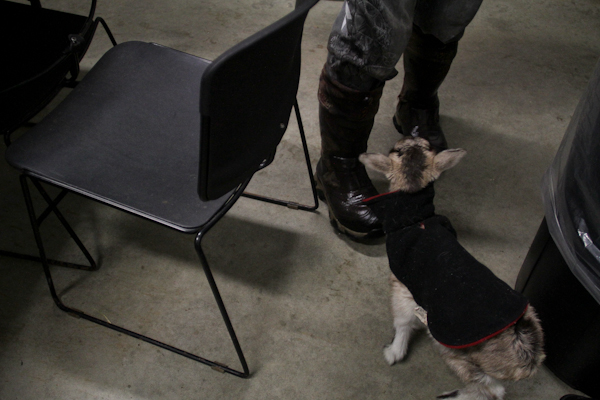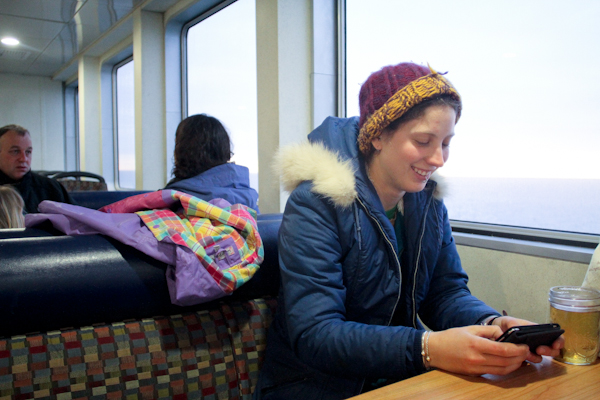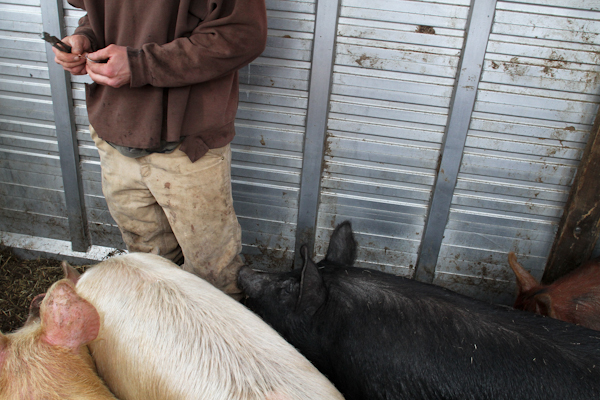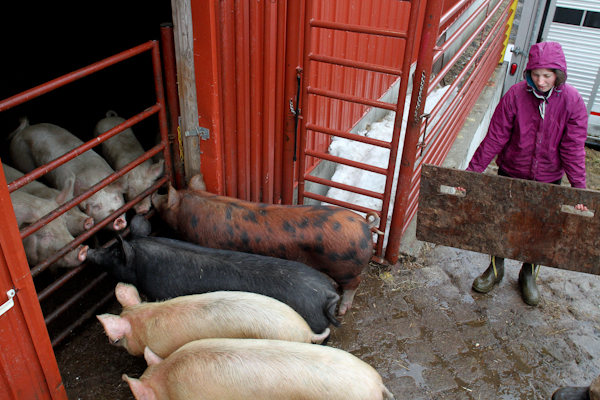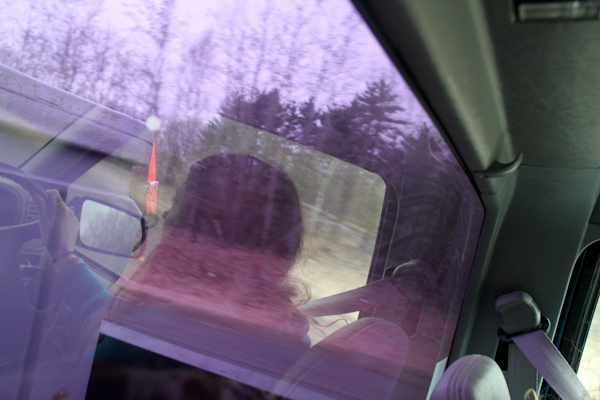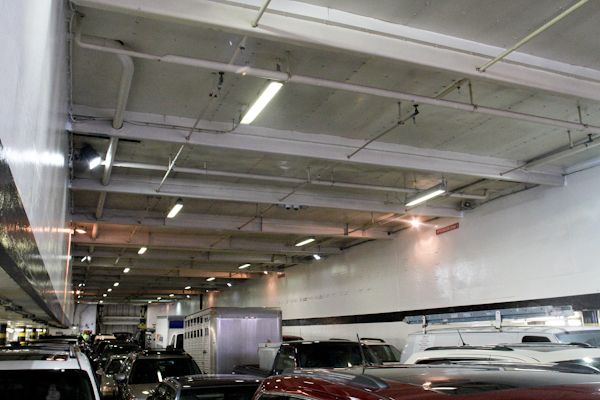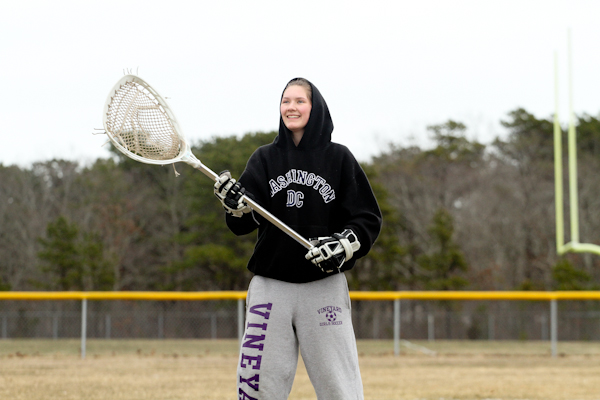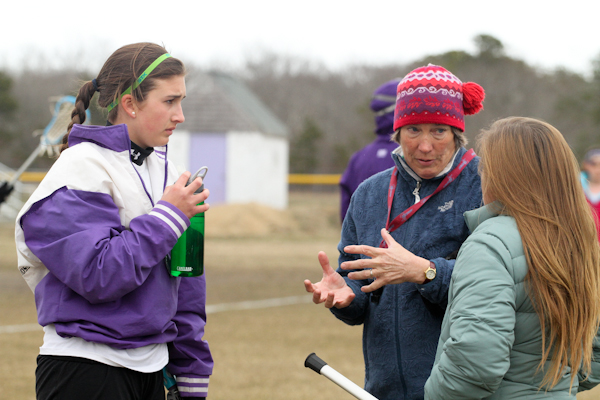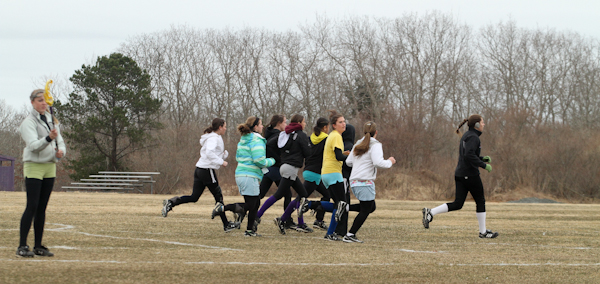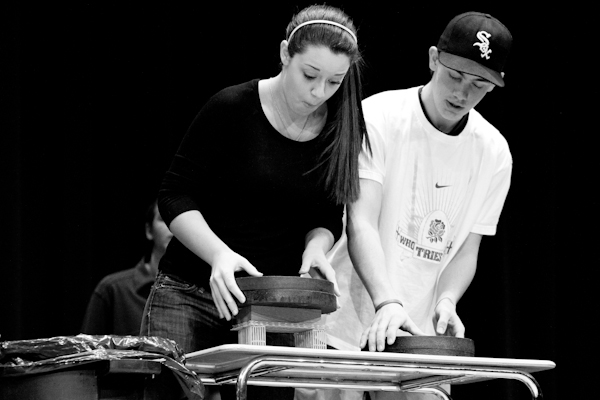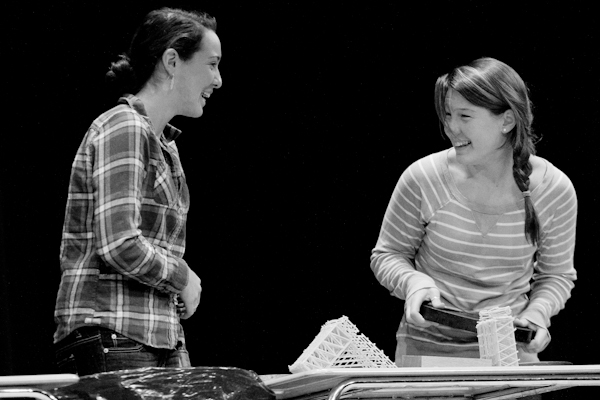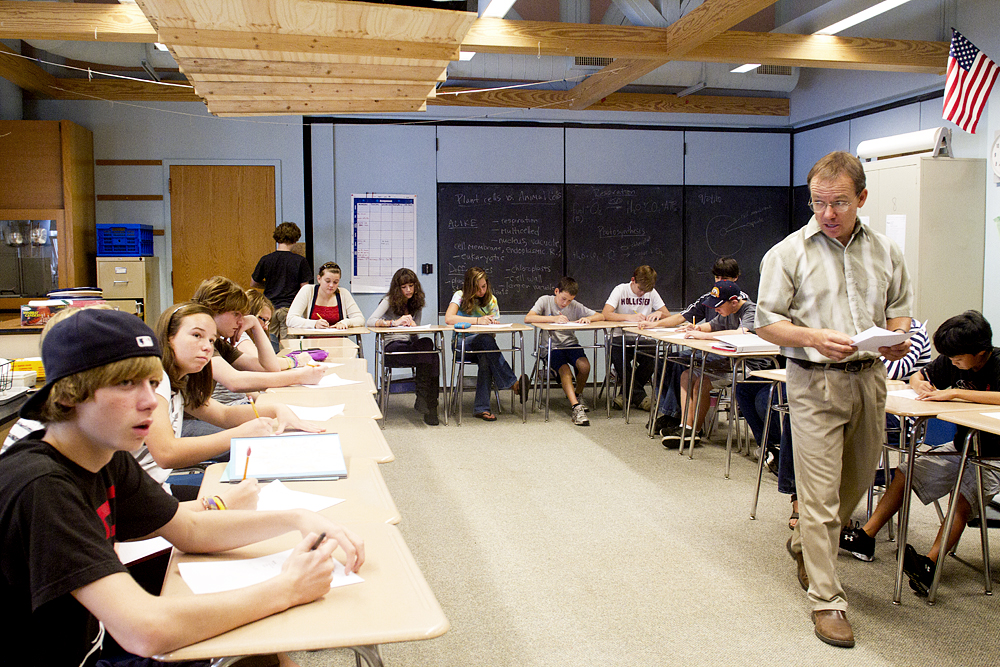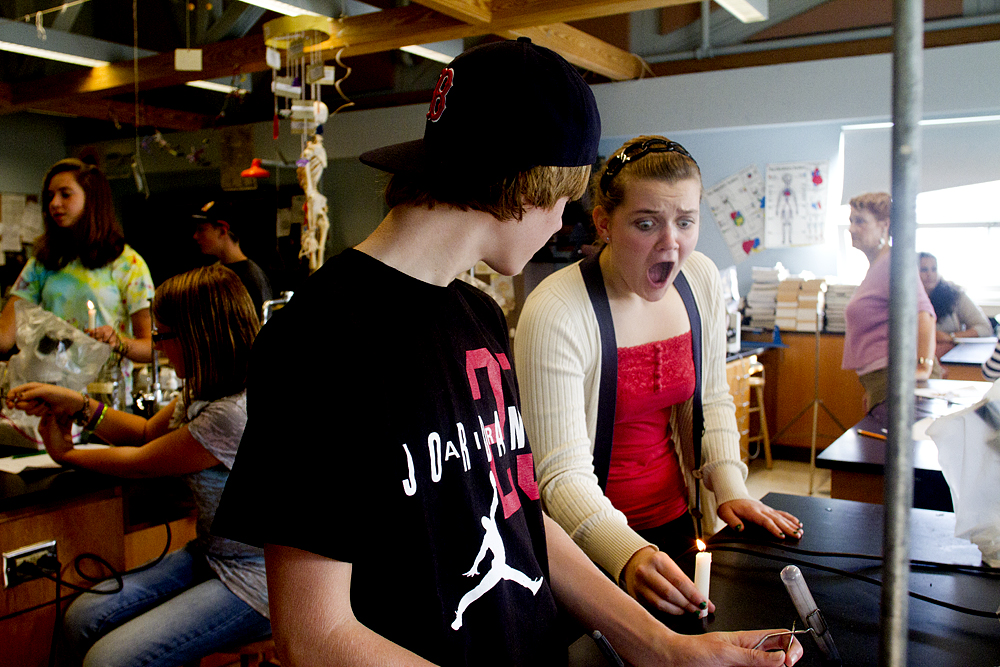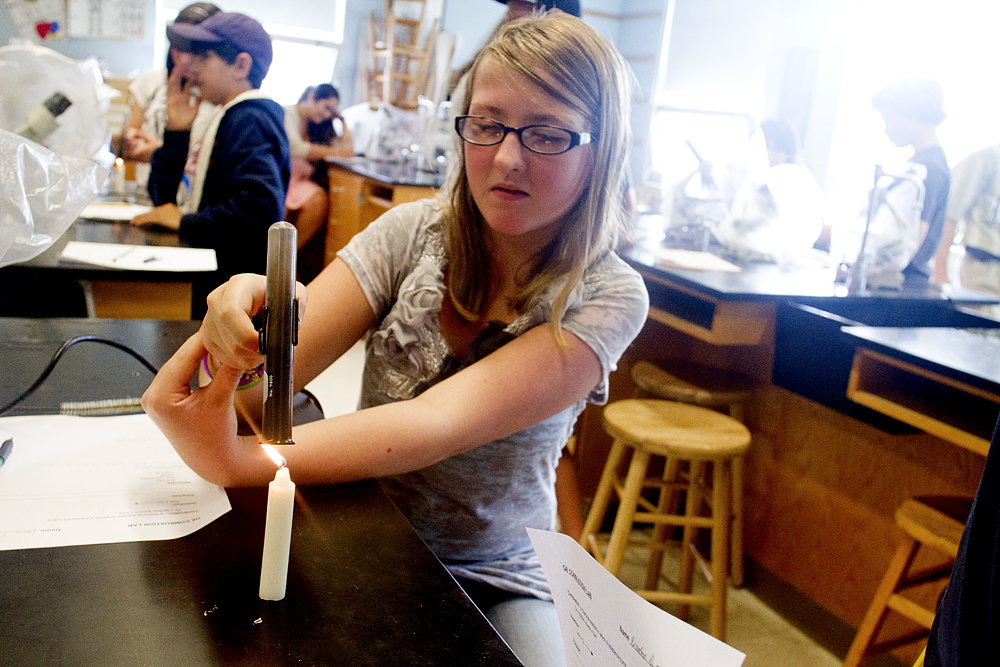Maui is an eight-year-old Bouvier des Flandres who lives in Edgartown with owner Leonard Fogg. He is also one of those dog heroes you always hear about but never actually meet in real life. And he gets to be on Animal Planet because of it!
Four years ago, Leonard and Maui were walking along the wharf in Edgartown when Leonard leaned over to check the price of a for-sale boat and fell into the water. He couldn’t reach the docks to pull himself back up, and, this being February, wasn’t likely to actually attract attention with calls for help because nobody’s around the docks at that time of year. Leonard’s also a diabetic, and the cold water was doing nothing for his condition.
But Maui started to bark like a crazy fiend after Leonard fell in…and all his noise managed to attract Peter, a bar patron who’d stepped out for a smoke. Peter came down to investigate, and the story ends exactly the way you’d want it to (you can read the original Gazette article here)
Somehow the producers of Dogs 101 (an Animal Planet show) got wind of this story (quite a few years later; this all happened in ’07), and sent a film crew down to do a reenactment of everything. (Leonard didn’t have to fall in again; they got a lifeguard from the YMCA to do the honors.)
Occasionally I’ll go to assignments where I just have a terrible time keeping a straight, professional face. This was one of them. Maui’s not a trained actor (although he was very well trained), and he would occasionally wander off to do his own thing. Also, he’s a big shaggy dog, and big shaggy dogs always make me smile.
Anyway, besides the fact that I had a ridiculously outsized grin on my face for this entire shoot, the only real problem I had was that Maui is not only a very shaggy dog, he’s also a black dog.If you didn’t already know what kind of animal he was, you might look at half of my photos and think “What is this furry creature? Maybe it should be with the other Ewoks.” It’s hard to see his eyes, for one thing (albeit a pretty important thing), and his shape just isn’t well defined unless it’s a full-on profile shot.
 King of the Ewoks. I doubt this one will make it into the paper as it doesn’t reproduce very well in b&w. Oh well.
King of the Ewoks. I doubt this one will make it into the paper as it doesn’t reproduce very well in b&w. Oh well.
At any rate, this was a welcome break from the election madness of last week (which will be the next post)! I’m going to have to get cable soon so I can see Maui’s television debut…





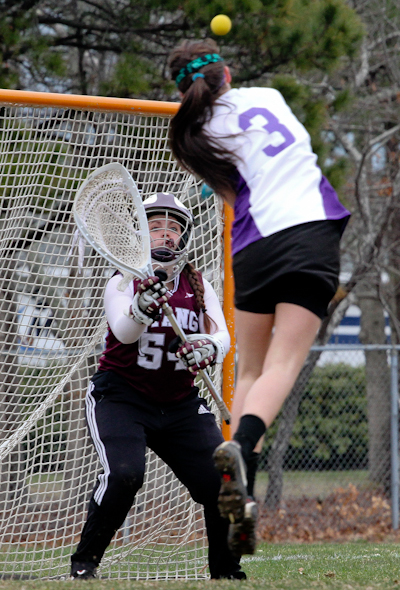
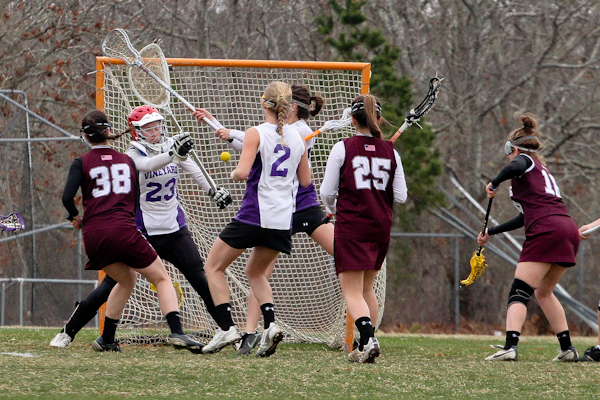 (this also went in. the game was pretty back-and-forth…)
(this also went in. the game was pretty back-and-forth…)